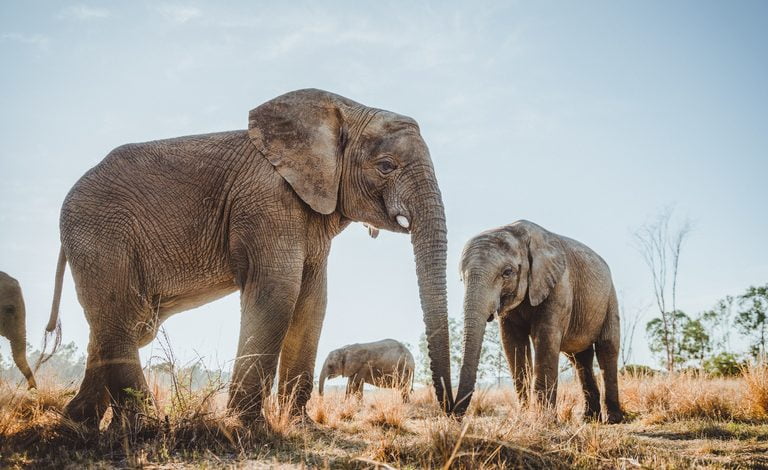Zoos and circuses

Elephants were historically kept for display in the menageries of Ancient Egypt, China, Greece, and Rome. The Romans in particular pitted them against humans and other animals in gladiator events. In the modern era, elephants have traditionally been a major part of zoos and circuses around the world. In circuses, they are trained to perform tricks. The most famous circus elephant was probably Jumbo (1861 – 15 September 1885), who was a major attraction in the Barnum & Bailey Circus.[168] These animals do not reproduce well in captivity, due to the difficulty of handling musth bulls and limited understanding of female oestrous cycles.
Asian elephants were always more common than their African counterparts in modern zoos and circuses. After CITES listed the Asian elephant under Appendix I in 1975, the number of African elephants in zoos increased in the 1980s, although the import of Asians continued. Subsequently, the US received many of its captive African elephants from Zimbabwe, which had an overabundance of the animals. In the year 2000, around 1,200 Asian and 700 African elephants were kept in zoos and circuses. The largest captive population was in North America, which had an estimated 370 Asian and 350 African elephants. About 380 Asians and 190 Africans were known to exist in Europe, and Japan had around 70 Asians and 67 Africans.[169]
Keeping elephants in zoos has met with some controversy. Proponents of zoos argue that they offer researchers easy access to the animals and provide money and expertise for preserving their natural habitats, as well as safekeeping for the species. Critics claim that the animals in zoos are under physical and mental stress.[170] Elephants have been recorded displaying stereotypical behaviours in the form of swaying back and forth, trunk swaying, or route tracing. This has been observed in 54% of individuals in UK zoos.[171] Elephants in European zoos appear to have shorter lifespans than their wild counterparts at only 17 years, although other studies suggest that zoo elephants live as long those in the wild.[172]
The use of elephants in circuses has also been controversial; the Humane Society of the United States has accused circuses of mistreating and distressing their animals.[173] In testimony to a US federal court in 2009, Barnum & Bailey Circus CEO Kenneth Feld acknowledged that circus elephants are struck behind their ears, under their chins and on their legs with metal-tipped prods, called bull hooks or ankus.
Feld stated that these practices are necessary to protect circus workers and acknowledged that an elephant trainer was reprimanded for using an electric shock device, known as a hot shot or electric prod, on an elephant. Despite this, he denied that any of these practices harm elephants.[174] Some trainers have tried to train elephants without the use of physical punishment. Ralph Helfer is known to have relied on gentleness and reward when training his animals, including elephants and lions.[175] Ringling Bros. and Barnum and Bailey circus retired its touring elephants in May 2016.[176]
